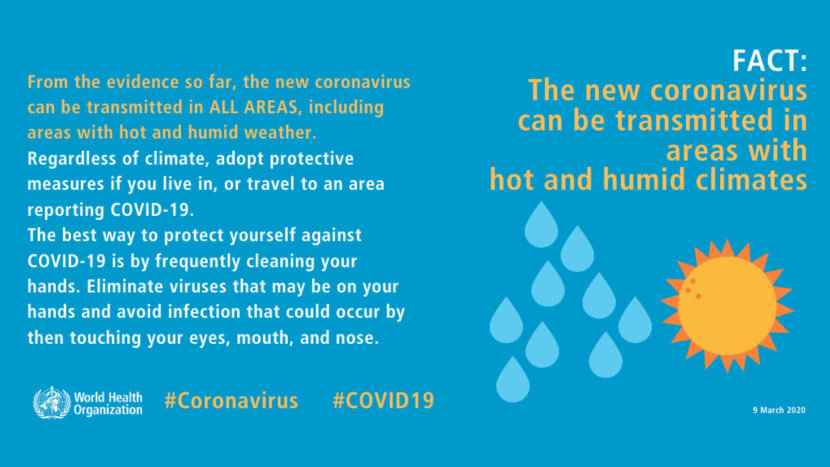
,,,,,,,,,,,,,,,,,,,,,,,,,,,,,,,,,,,,,,,,,,,,,,,,,,,,,,,,,,,,,,,,,,,,,,,,,,,,,,,,,,,,,,,,,,,,,,,,,,,,,,,,,,,,,,,,,,,,,,,,,,,,,,,,,,,,,,,,,,,,,,,,,,,,,,,,,,,,,,,
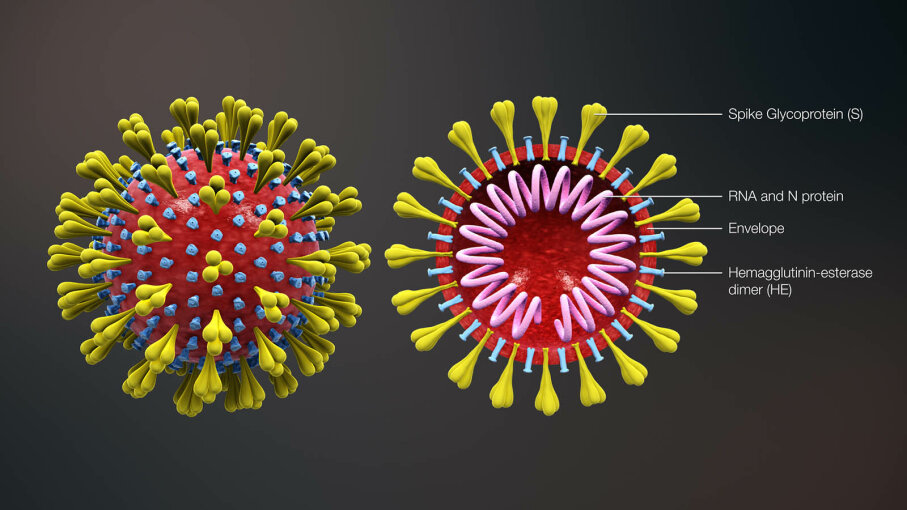 |
| The novel coronavirus is spreading across the globe in record time. But how long can it live on surfaces? |
How Long Can Viruses Live on Surfaces?
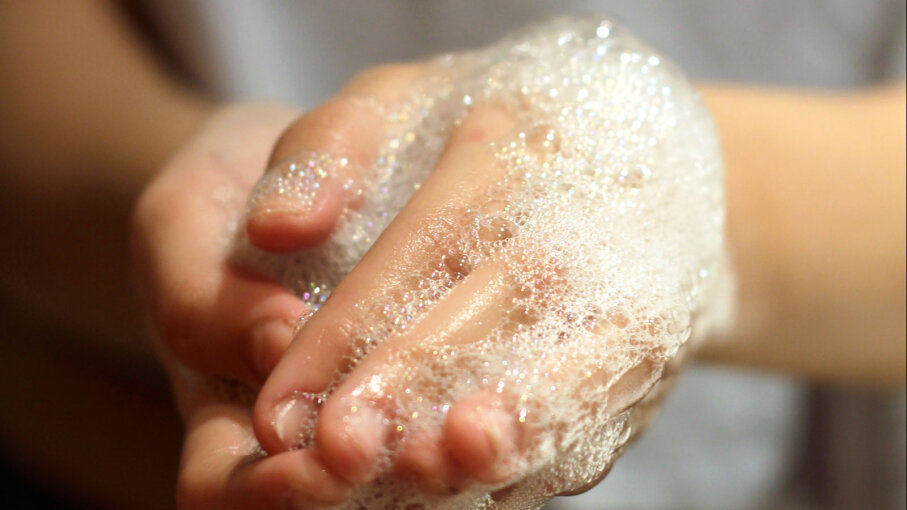
Thanks to its pH and porous nature, human skin
acts as a virus killer for cold and flu viruses — they survive for only about
20 minutes on our hands
BY CARRIE
WHITNEY, PH.D.
Between
all those door handles, credit card keypads and even cell phones, we touch so
many surfaces daily. It's just a fact of life.
But
when it's flu season — or there's an outbreak of any other virus — this simple
act of touching stuff can spread germs.
In
many cases, it's cause for concern because some viruses can live on surfaces
for hours — or even weeks.
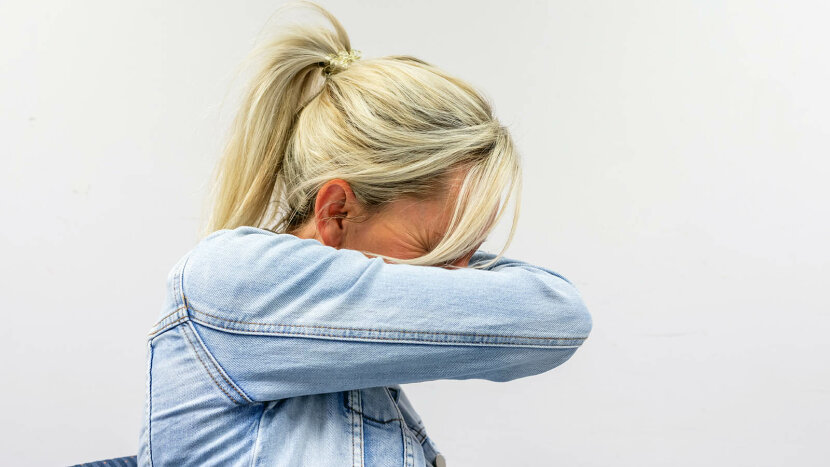 |
Sneezing and coughing into your bent elbow or a tissue is very important
to prevent the spread of viruses onto surfaces. |
Part
of the uncertainty is because viruses are diverse and have a variety of surface
survival rates.
There
isn't even a hard-and-fast rule for how long a virus can survive outside of a
host.
The
type of surface and environmental temperature and humidity all come into play,
too.
So
which surfaces are safe to touch, and how often do we need to disinfect them?
Before
we even discuss how long viruses can live on a surface, we have to understand
how viruses work.
No
Virus Is an Island
Viruses
don't have the right enzymes to create the chemical reactions necessary for
reproduction.
Instead,
viruses need a host cell, which can be bacteria, fungi, a plant or an animal,
including a human.
With
help from the host, viruses are then able to multiply. That's good for the
virus but generally bad for the host.
Without
the host cell, a virus cannot survive long term; however, it does have a short
window of time during which it can function in hopes of attaching to (aka
infecting) a new host.
Outside
its host, a virus can be divided into two categories — either it can be intact
and remain infectious or it is simply identifiable, which means it has enough
genetic material to be identified but is no longer capable of attaching to host
cells, Julia Griffin and Nsikan Akpan wrote in article for PBS News Hour.
At
the point that a virus on a surface is only identifiable, it won't be able to
cause harm.
.
How Long Can Viruses Live on Surfaces?
.
How Long Can Viruses Live on Surfaces?
The
length of time that viruses can live on surfaces and remain infectious varies
greatly by pathogen, Dr. Alicia Kraay, postdoctoral fellow in epidemiology at
Emory University, explains in an email.
There
are baseline differences between viruses. For example, rhinovirus — the viruses
that cause the common cold — will survive for less than an hour on surfaces.
However,
others such as the norovirus, which is a virus that can cause vomiting and
diarrhea — can survive for weeks.
Not
surprisingly, with its ability to live this long outside of a host, norovirus
can spread both through infected people and through contaminated foods and
surfaces.
The
research into how long COVID-19 can survive on surfaces is new and ongoing.
A
March 13 study by researchers at the National Institutes of Health (NIH), the
U.S. Centers for Disease Control and Prevention (CDC) and multiple universities
compared the novel coronavirus (SARS-CoV-2) with SARS-CoV-1, the most closely
related human coronavirus and the virus responsible for the 2003 epidemic.
The
non-peer-reviewed study found that the two viruses have similar viability in
the environment, however, the study determined the novel coronavirus could
survive up to three days on stainless steel and plastic surfaces.
Survival
on other surfaces was lower — just one day on cardboard and four hours on
copper.
The
results indicated that novel coronavirus can live in the air for hours and on
surfaces up to days.
Another
research study published March 17, 2020, in the New England Journal of Medicine
by the National Institute of Allergy and Infectious Diseases and Princeton
University also found that the stability of novel coronavirus (SARS-CoV-2) was
similar to that of SARS-CoV-1 under the experimental circumstances tested.
However,
novel coronavirus was more stable than SARS-CoV-1.
In
their experiments, SARS-CoV-2 remained viable in aerosol form for up to three
hours.
Viable
coronavirus was and detected on plastic and stainless steel up to 72 hours after
application.
No
viable coronavirus was measured after four hours on copper surfaces, and 24
hours on cardboard.
What
Factors Affect Virus Survival Rates?
If it
seems like it should be a simple test to pinpoint an outside-host survival
period, it's more complicated than just spraying some virus on a surface and
waiting to see what happens.
In
fact, in the article for PBS News Hour, Griffin and Akpan wrote that there
isn't a lot of "rigorous data" on how long cold and flu viruses
remain infectious.
"Generally, survival of pathogens on fomites
[objects or materials likely to carry infection] is determined by inoculating a
surface with a known quantity of virus and then sampling at various time
intervals to determine the amount recovered," Kraay says.
"Scientists use this information to estimate a
decay curve for the pathogen on the particular surface, which can be
extrapolated to longer time intervals."
The
NIH and CDC team who studied surface variation for coronavirus is already
looking into virus viability in different matrices, as well as in varying
environmental conditions.
Although
viruses have differing baseline rates of survival on surfaces, additional
factors affect their ability to endure outside of a host.
Temperature,
humidity and surface properties can all affect survival, according to Kraay.
"In general, viruses survive longest at lower
temperatures, higher humidity and [on] non-porous surfaces (like stainless
steel)," she says. "However, some viruses do well at low
humidity."
Early
indications show that the coronavirus can be transmitted in hot and humid
climates.
WORLD
HEALTH ORGANIZATION
In
addition to surface material and environment, the amount of virus on the
surface can also help determine how long it will survive, explains James M.
Steckelberg, M.D. in an article for the Mayo Clinic.
While
it is possible to spread viruses like cold and flu through sharing objects,
personal contact is the most common mechanism of spreading viruses.
There
have been a lot of theories about whether coronavirus will lessen during warmer
months because dry, cold air tends to provide favorable conditions for flu
transmission.
But Dr. Marc Lipsitch, professor of epidemiology and
director, Center for Communicable Diseases Dynamics, Harvard T.H. Chan School
of Public Health says when it comes to coronaviruses, the "relevance of
this factor is unknown."
Can
You Get a Virus From a Surface?
If
you touch a surface that is contaminated with a virus — including COVID-19 —
does that mean you will get the virus?
Not
necessarily. But if you don't immediately wash your hands, and then touch your
mouth, nose or eyes, you could transmit the virus.
However,
the CDC says surface contamination isn't considered the most likely way to get
coronavirus. Without a host, viruses begin to degrade pretty quickly, so what
is on the surface becomes less and less potent.
Dr.
Anthony Fauci, director of the National Institute of Allergy and Infectious
Diseases (NIAID), explained during the March 13, 2020, CNN/Facebook Global
Coronavirus Town Hall that when considering the viability of a virus on various
substances, it is probably measured in a couple of hours.
While
he recommends wiping down surfaces — like doorknobs and cellphone screens —
when you can, he cautioned against worrying about money and mail.
In
the end, despite the differences in viability on surfaces among pathogens,
fomites and contexts, the No. 1 recommendation for preventing the spread of
viruses is standard. Wash your hands.
NOW
THAT'S INTERESTING
Thanks
to its pH and porous nature, human skin acts as a virus killer for cold and flu
viruses — they survive for only about 20 minutes on our hands.
Carrie
Whitney is an Atlanta-based writer
with a love of all things design, particularly tile. In addition to being
willing to cover any topic that sparks her interest, she has spent many years
zeroing in on home improvement and currently serves as the newsletter editor
for Kitchen & Bath Business magazine. Although she’s never tackled a renovation
of her own, she’s pretty handy with a paintbrush.
Carrie
earned a B.A. in journalism from Georgia State University, then an M.A. in
anthropology and a Ph.D. in history. Along the way, she picked up a B.A. in
French literature and remains a devoted Francophile (allez les Bleus!). In
addition to writing, she teaches in the department of communication at her alma
mater and tries to keep up with the latest trends in social media.

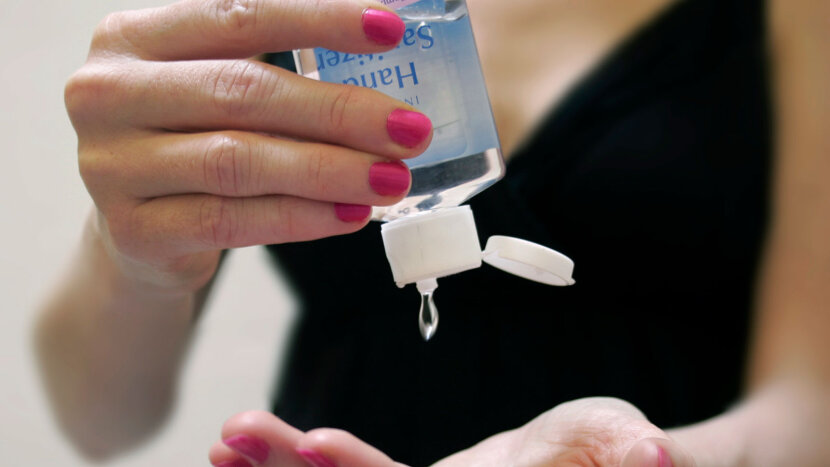
No comments:
Post a Comment